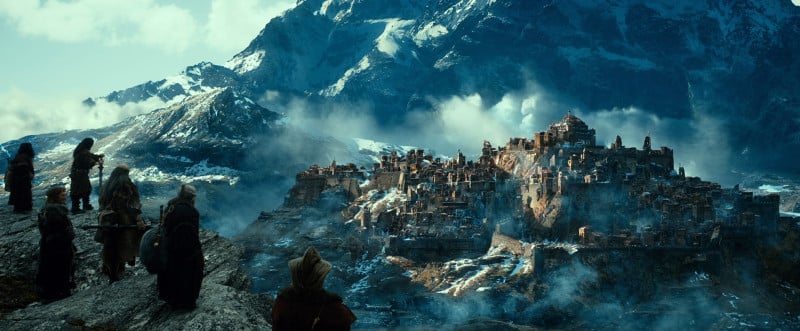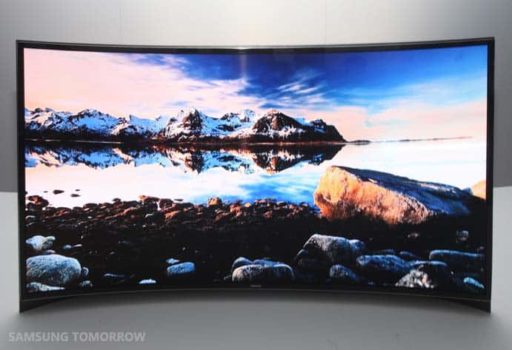When Hobbit: An Unexpected Journey arrived with a high frame rate (HFR), it gave birth to critics and avid fans. Although Peter Jackson has toned down the tech in part 2 of the saga, it has still reignited the debate about whether HFR is good or bad for cinema.
HFR lovers claim that higher frame rates are able to grant the scenes an unbelievable sharpness and crispness, literally making it look like real life. While normal movies are created at 24 frames per seconds, Jackson decided to create first part of Hobbit at 48 fps. This was a huge step and those who generally love watching 3D movies in cinema, absolutely loved the change.
But there were those who found the HFR movie a little too real. According to such critics, they could actually feel how artificial a set looked and how the actors’ faces wore obvious make-up. Too much clarity and real-life like feel, they say, removed the fictitious nature of the movie and made it look like a series of sets and props, clearly visible in crystal vividness.
Those are two sides of the argument over HFR and to some extent, both are justified. Jackson is well cognizant of this, which is why when he created The Desolatin of Smaug, the second part of the Hobbit saga, scenes were deliberately blurred slightly to take away the extra sharpness out of them. According to Jackson, the scenes of the movie were specifically color-corrected to ‘take the (video-like) HD quality away.’
This hints that he has backed off from advocating HFR, although he hasn’t completely dropped it. HFR may well be the future of 3D cinema but the problem with movie-makers is that they are not used to it yet. Switching from 24 fps to 48 fps means that you have to make a lot more effort to make things appear real and to hide away the artificial intricacies of movie-making, such as the sets, the crew and such. In other words, directors will have to improve their story-telling techniques and technology for HFR to really take off. Otherwise, HFR will be driven into the ground before it is even adopted by the modern cinema.
Courtesy: Engadget
[ttjad keyword=”hdtv”]



